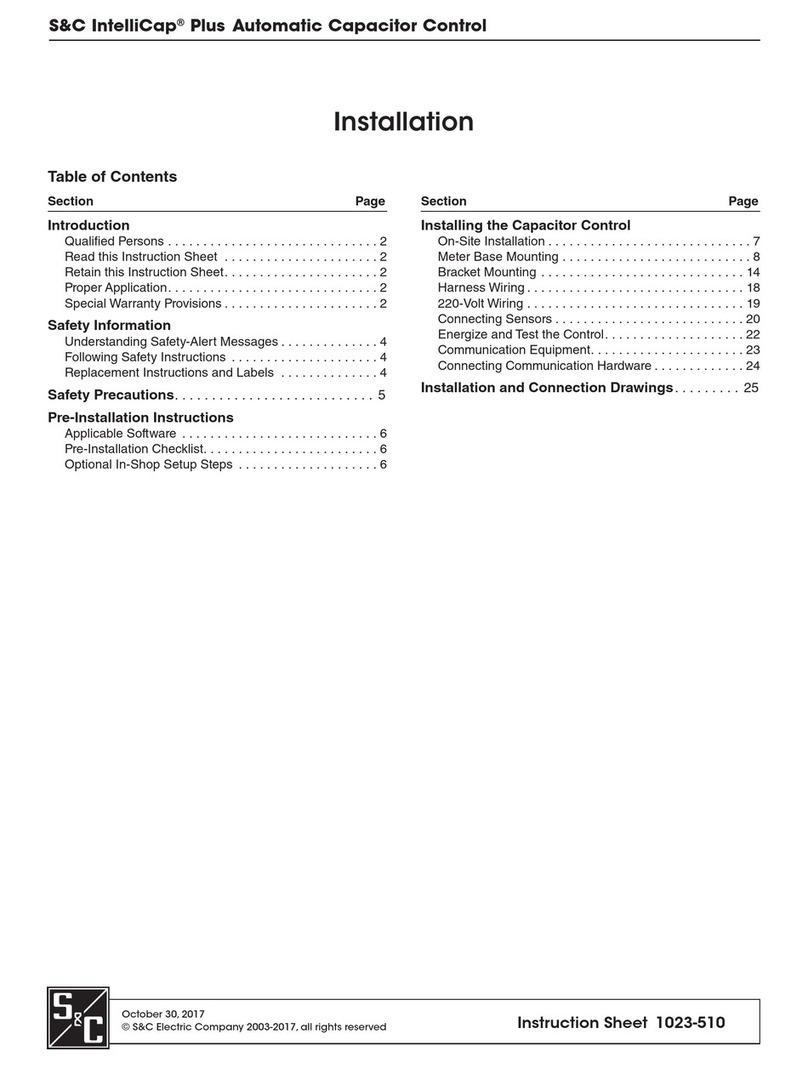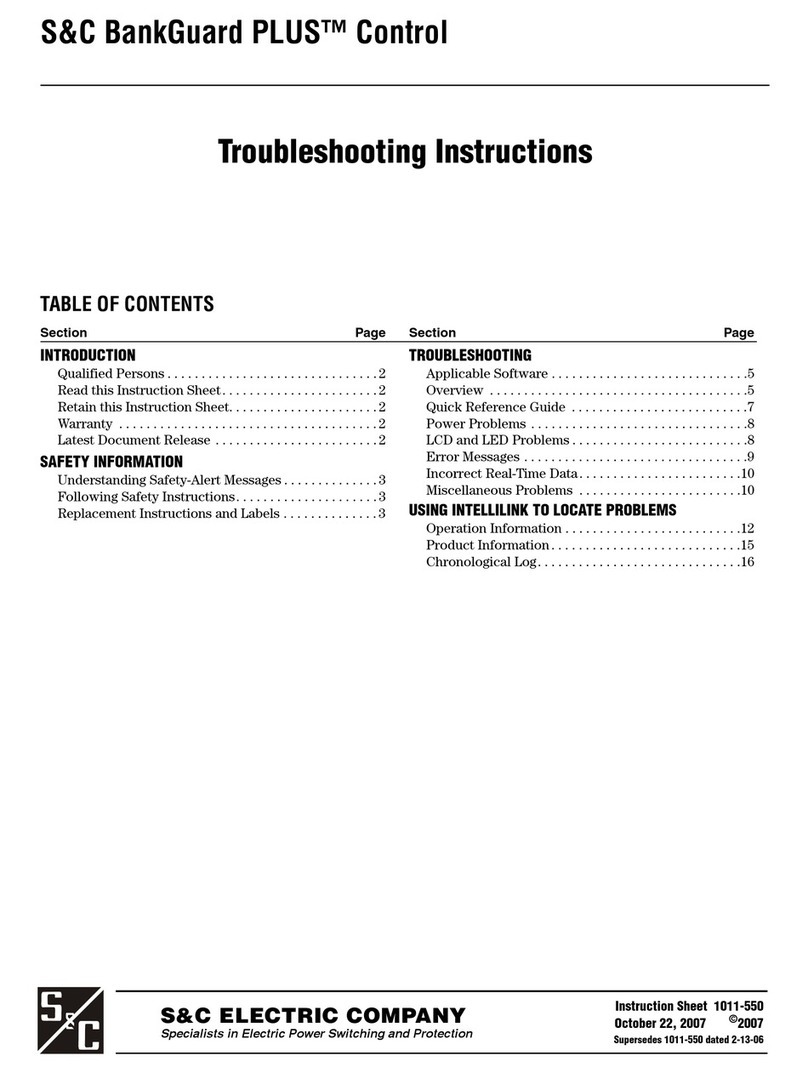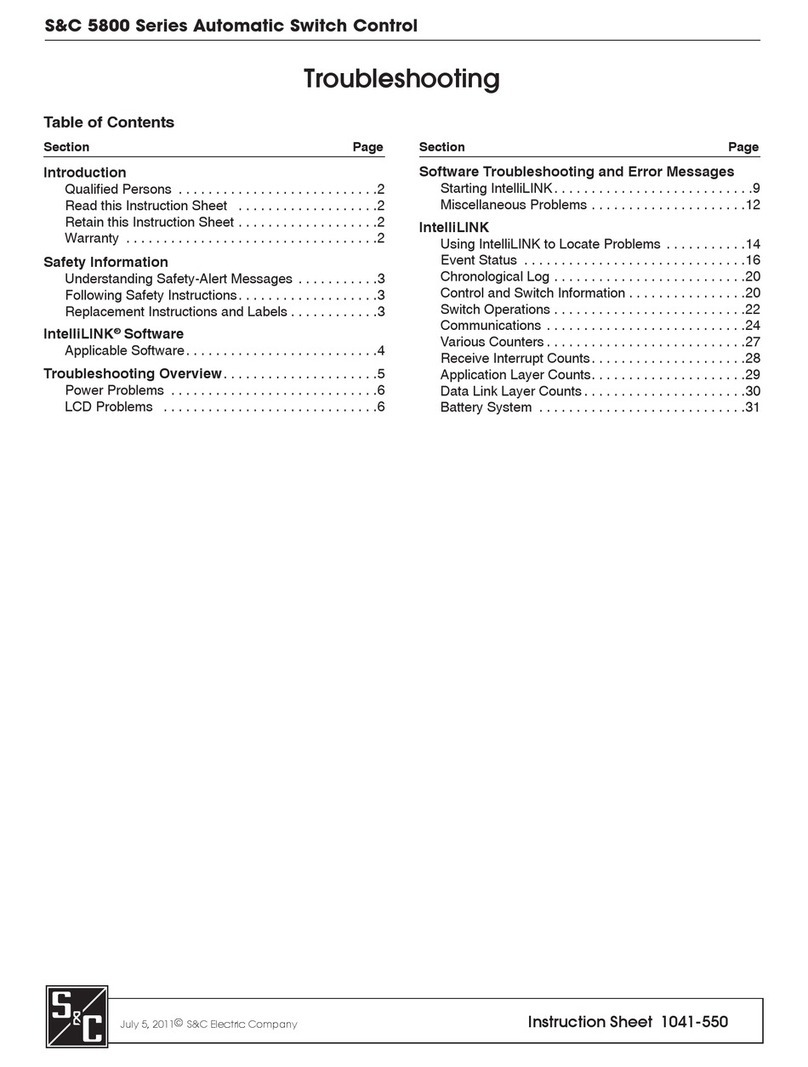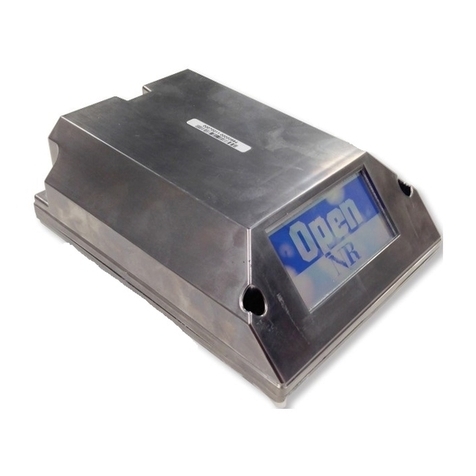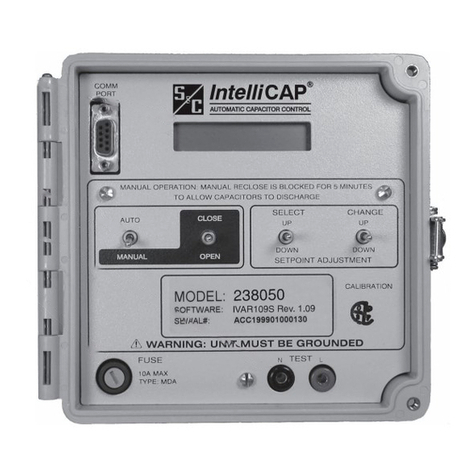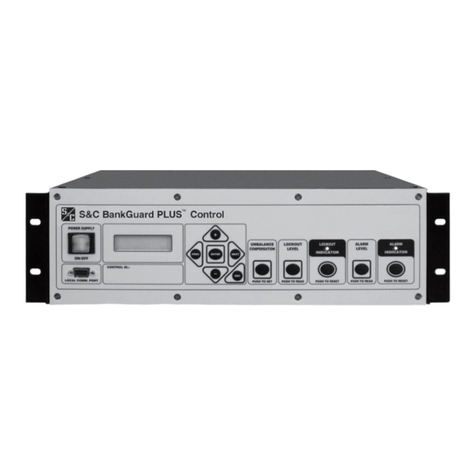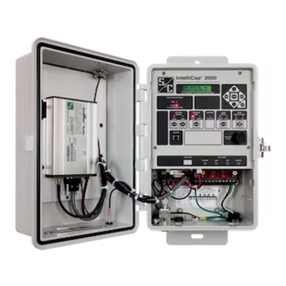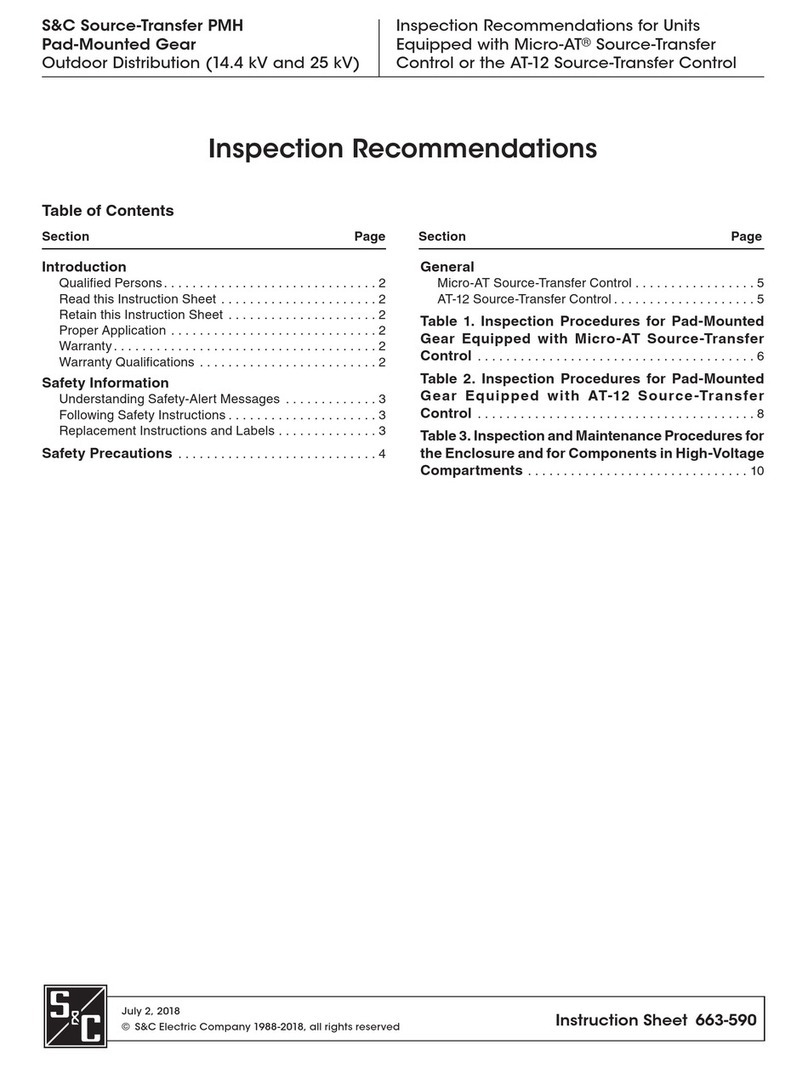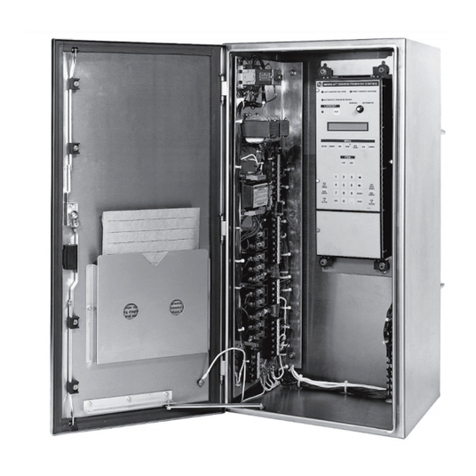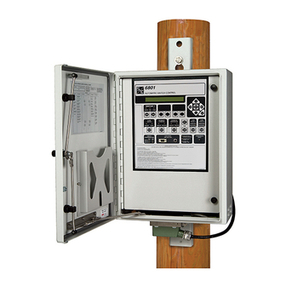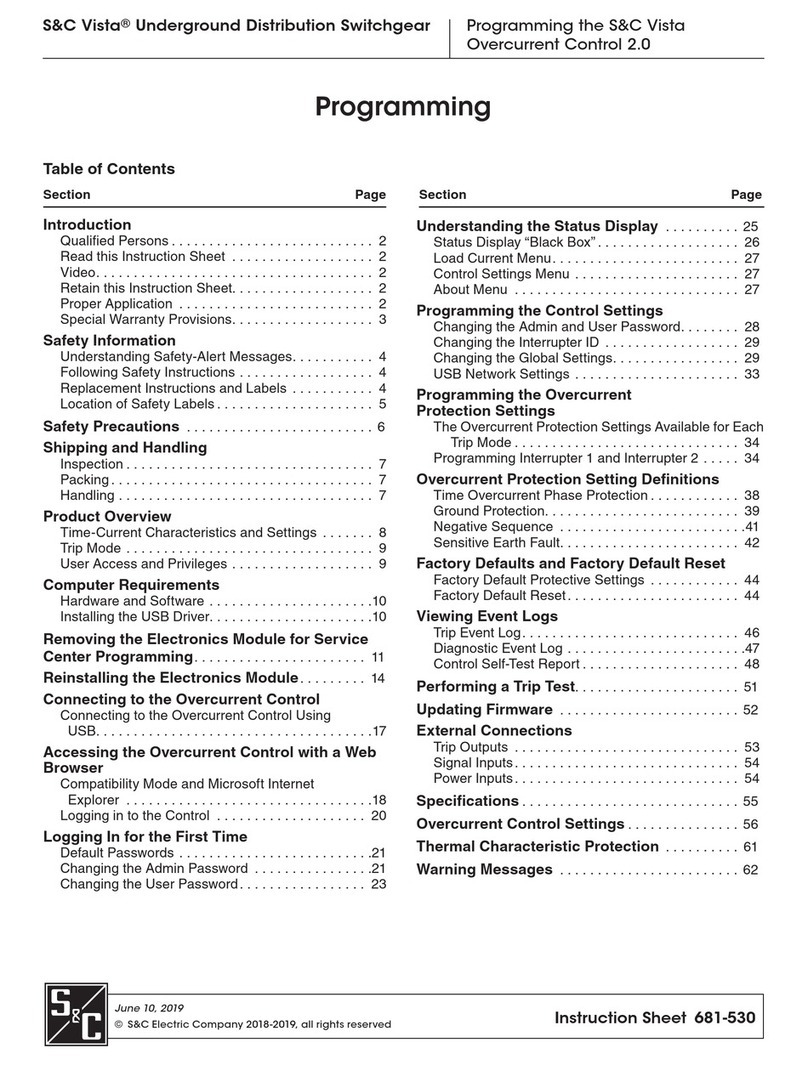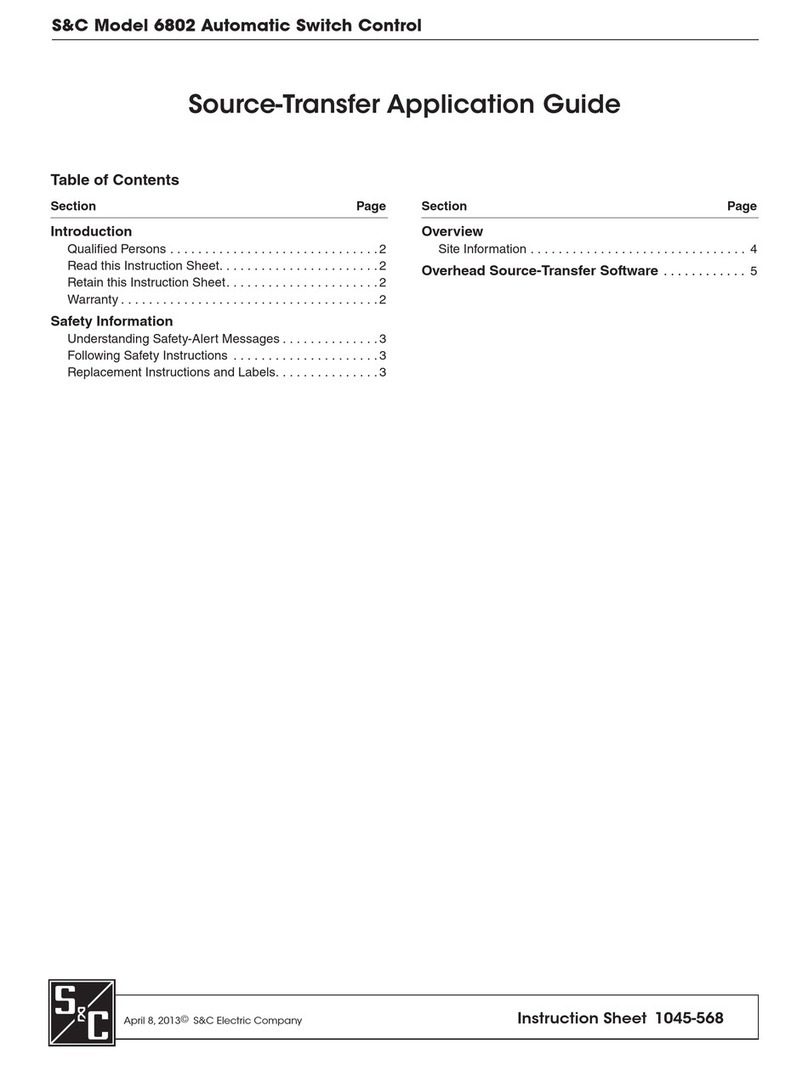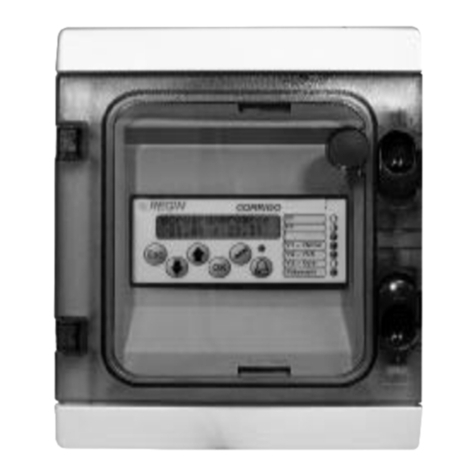
Instruction Sheet 695-515
Introduction
Qualified Persons ..............................2
Read this Instruction Sheet.......................2
Retain this Instruction Sheet......................2
Warranty .....................................2
Warranty Qualifications..........................2
Safety Information
Understanding Safety-Alert Messages ..............3
Following Safety Instructions .....................3
Replacement Instructions and Labels...............3
Location of Safety Labels ........................4
Description
General ......................................5
Programming .................................5
Power and Sensing.............................6
Time-Current Characteristics .....................6
Settings ......................................6
Event Recording ...............................7
Self Testing ...................................7
Setting Up for Programming
Connecting a Personal Computer..................8
Setting the Communication Parameters .............8
Programming
Factory-Default Settings .........................9
Fault Interrupters 1 and 2 ........................9
Passwords. . . . . . . . . . . . . . . . . . . . . . . . . . . . . . . . . . . . 9
Main Menu ...................................9
View Menu 1 or 2 .............................10
Configure Menu 1 or 2 .........................12
Change User Password ........................14
Group Configure Menu .........................14
Test Trip Menu................................16
Self-Test Report
Viewing of Self-Test Report .....................17
Response to Self-Test Failure ....................17
Self-Test Failures and Warnings ..................18
Specifications
Port Power ..................................19
CT Power ...................................19
Steady State Accuracy .........................19
Time-Overcurrent Pickup Accuracy................19
Time-Overcurrent Response.....................19
Instantaneous Pickup Accuracy ..................19
Instantaneous Response .......................19
Definite-Time Response ........................19
Appendix A
External Connections..........................20
Appendix B
Communication Parameters .....................24
Appendix C
Using Terminal Emulator Programs................25
HyperTerminal. . . . . . . . . . . . . . . . . . . . . . . . . . . . . . . . 25
AcSELerator
®QuickSet 5030™..................26
Appendix D
Coordination .................................27
Appendix E
Overcurrent Control Settings.....................32
Programming S&C Overcurrent Control
Section Page Section Page
Table of Contents
© S&C Electric Company 2015-2016, all rights reserved
November 21, 2016
S&C Vista®SD Underground Distribution Switchgear
Outdoor Distribution (17.5 kV and 29 kV)
With Visi-Gap®
Load-Interrupter Switches and
Visi-Gap®Fault Interrupters
